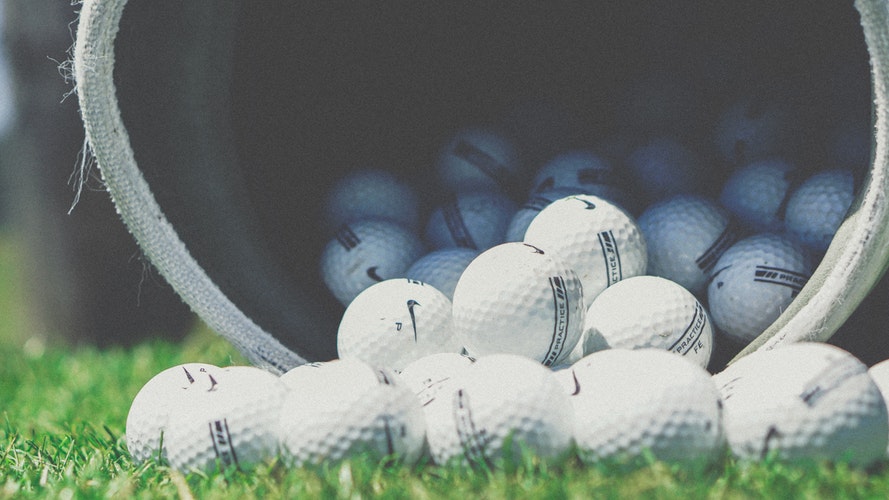
Using the driving range is a great way to practice your golf. You can hit hundreds of balls and never have to worry about collecting them yourself. This gives you uninterrupted time to work on your swing for various clubs and if used properly, the time is extremely valuable.
However, you may have noticed the golf balls used on the practice range are not the same as the golf balls you use when playing a round of golf. We don’t mean the balls are a different brand, we are talking about the quality and make-up of the ball itself.
So, what should you be aware of when using the golf balls on a practice range?
Many of the balls used at a driving range are lower compression balls and this means they will not travel as far as the balls you are using on the golf course. This will be most noticeable when using the driver and if you find you are not hitting the ball the same distance, do not be alarmed, it is unlikely to be anything you are doing with your swing.
The range balls will land at roughly the same distance with a consistent swing so think about how far you usually hit the ball with each club and you can work out the average distance you are losing on the range ball. This will allow you to know if you are hitting the ball the same way you do on the course.
However, if you find you are hitting the ball all over the place at the range, this is more likely to be something to do with your swing, especially if your hitting your short irons almost as far as your long irons.
Range balls can also have a lot of marks and scratches on them as they are being used regularly. This can lead to a loss of distance on shots and even a brand new range ball will not travel the same distance as a golf ball you are using during a round. If there are heavy scratches on a practice range ball, this can result in 20% to 30% less distance than a standard golf ball.
Always ask the golf club if they adjust the yardage markets on the practice range to compensate for the range balls. Some do as a way to accommodate for the lower compression balls and it is good to have this information to hand before you begin practicing.

Recent Comments